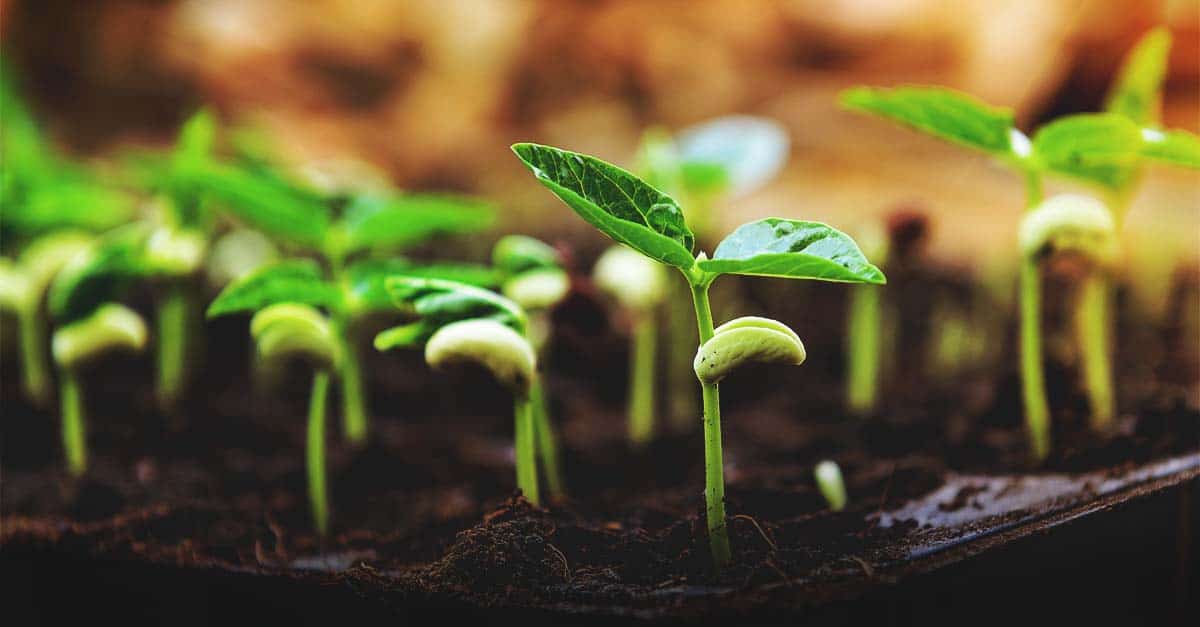Are my seeds still good? Testing seed germination

JACKSONVILLE, Ill. — Have you ever found a packet of seeds lying around and wondered if you could grow them? Every year when I get ready to start seeds, I inevitably find a half-full packet or a packet I forgot to plant altogether. Unfortunately, as seeds get older, their germination rate decreases. Fortunately, there is an easy way to test your seeds to see if planting them will be worthwhile.
How long do seeds last?
Many seeds are capable of lasting for several years if stored properly. If properly stored, plants like basil, broccoli, cabbage, cauliflower, cosmos, cucumber, eggplant, lettuce, nasturtium, oregano, pumpkin, radish, snapdragon, squash, sunflower, tomato, watermelon, and zinnia can last for 4-5 years. Bean, carrot, celosia, daisy, pea, poppy, okra, and pepper seeds can last for around three years. While seeds of aster, coneflower, fennel, sage, onion, pansy parsnip, and sweet corn only last for 1 or 2 years.
Checking seed germination
Testing seed germination is relatively simple and only requires a paper towel, a sealable plastic bag or container, water, a permanent marker, and the seed you want to test.
- Moisten the paper towel and lay it flat
- Place 10 (can be more) seeds on the paper towel and fold the towel over the seeds.
- Place the paper towel in the plastic bag or container and seal it. This will help keep the paper towel from drying out. Label the container with the plant name and the date planted.
- Every few days, check the seeds to see if they have germinated. Seed packets often list how many days it will take for seeds to germinate. You can also use this information to help you determine when to start checking seeds. Many seeds will germinate within 7-10 days.
- Once seeds have germinated, you can determine your percent germination; most people do ten seeds to make this calculation easy. If all of your seeds germinate, you can plant normally. If 70-90% of the seeds germinate, you can still use the seed, but you may want to sow a little heavier than normal. If fewer than 50-60% germinate, it is probably best to buy new seeds.
While most vegetables don’t require stratification, some flowers do. Plants like milkweed, purple coneflower, and black-eyed Susan require cold, moist stratification. If you have instances where you get no germination, make sure the plants you are testing don’t need some sort of stratification.
Properly storing seeds
If you have leftover seeds or are planning on saving seeds for next year, make sure you store them properly, so they remain viable as long as possible. Seeds should be kept cool and dry location, ideally below 45 °F. Placing seeds in a sealed jar or bag in a refrigerator is a good option.
Good Growing Tip of the Week: Seed germination and viability are often used interchangeably. Germination is the ability of a seed to sprout. Viability is the seed’s ability to produce a vigorous seedling. Viability often declines before germination, so it’s possible for old seed to germinate but produce weak seedlings.
Miss Clipping Out Stories to Save for Later?
Click the Purchase Story button below to order a print of this story. We will print it for you on matte photo paper to keep forever.

